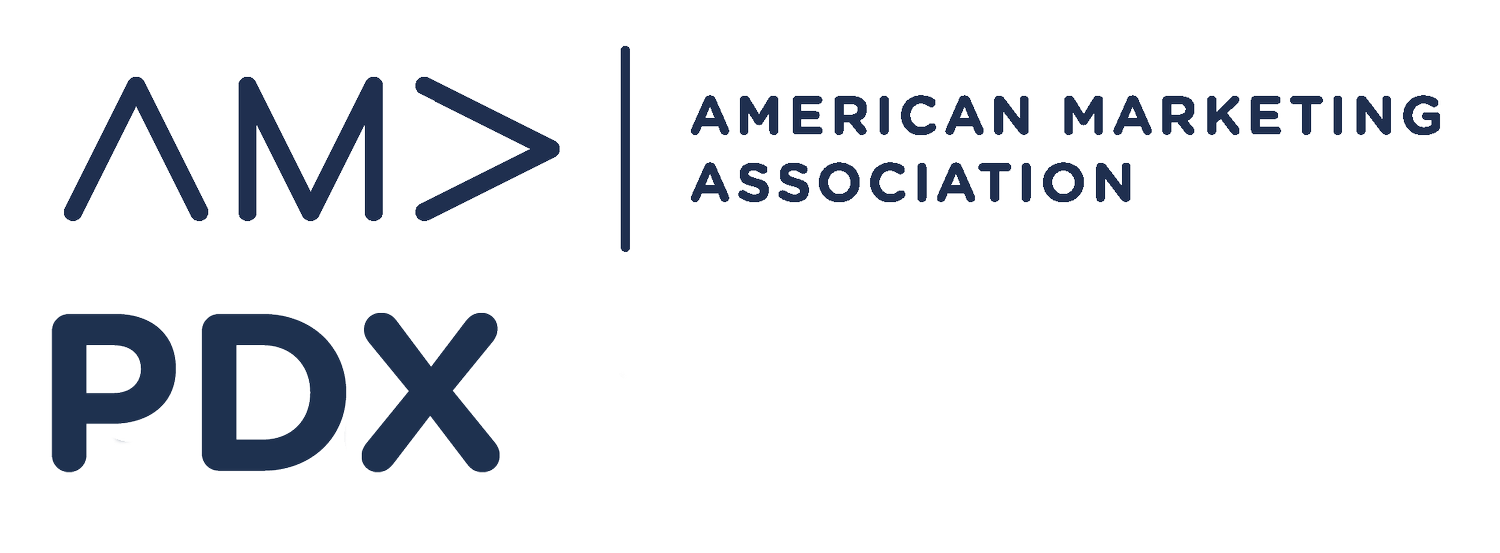Words Matter: Inclusive Language Guide for Disability Pride Month
July is a time to celebrate Disability Pride Month and to recognize the anniversary of signing in the Americans with Disabilities Act (ADA) on July 26, 1990. This month invites us to reflect on how we view disability, as it’s a vital part of identity and culture, not a barrier to overcome. As we continue to work toward greater inclusion, it’s important to choose language with care and respect.
The following language guide offers helpful tips on using inclusive and affirming language when speaking or writing about people with disabilities. While the list isn’t exhaustive, it serves as a starting point for more thoughtful communication.
Language Guide:
Only mention a disability when it’s relevant. There’s no need to include a person’s disability if it is not central to the story or context.
Always ask individuals how they would like to be identified. Person-first language (“person with a disability”) is more common, but some individuals prefer identity-first language (“disabled person”). It’s okay to ask if there’s uncertainty.
Avoid clinical or stigmatizing terms like “disorder”, "impairment" unless they are necessary in medical contexts, and even then, reflect if it’s necessary to the story.
Use caution around terms like “special needs.” This is very outdated terminology and can be easily replaced with “person with a disability” to provide more respect .
Avoid single-story or oversimplified portrayals. Experiences with disabilities are different and narratives should reflect those differences.
Avoid tokenizing “inspirational stories” that objectify people with disabilities to motivate non-disabled audiences. Showcase authentic narratives that steer clear of reducing individuals to their disability.
Use respectful terms embraced by the community, rather than creating alternative terms such as “differently-abled” or “handicapable.”
Remember to use accessible and inclusive communication, such as using alt text for images or captions for videos when publishing content.
We recognize that conversations around disability and inclusive language are challenging, but that’s not a reason to shy away. In fact, it’s all the more reason to create spaces where people with disabilities can advocate for themselves and communities. By being mindful of the words we choose, we can promote inclusion and equity in the best way.
Explore the resources below to learn more about inclusive language on disability.
Guidelines for Writing About People with Disabilities - ADA National Network
Disability Language Style Guide - National Center on Disability and Journalism
How to talk about disabilities sensitively and avoid ableist tropes - NPR

